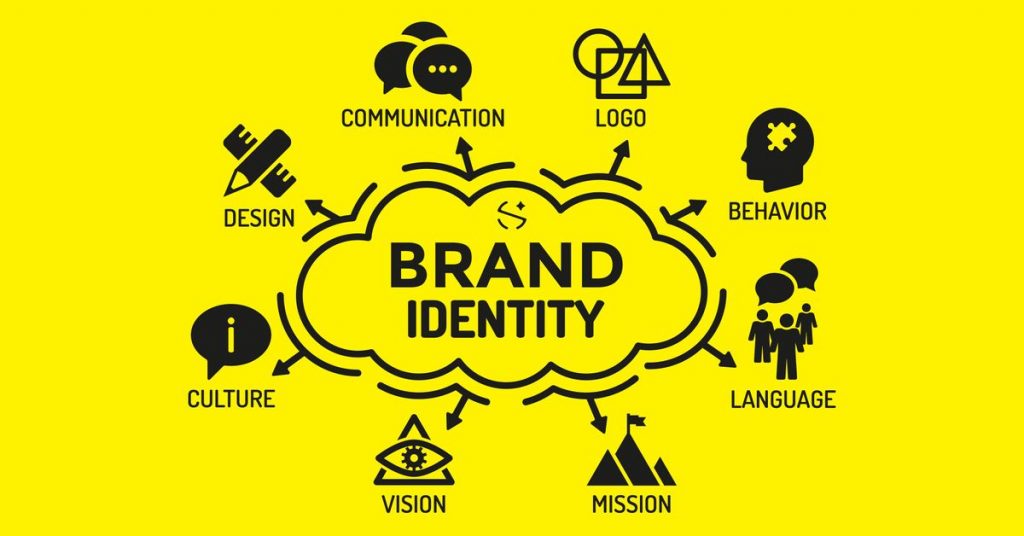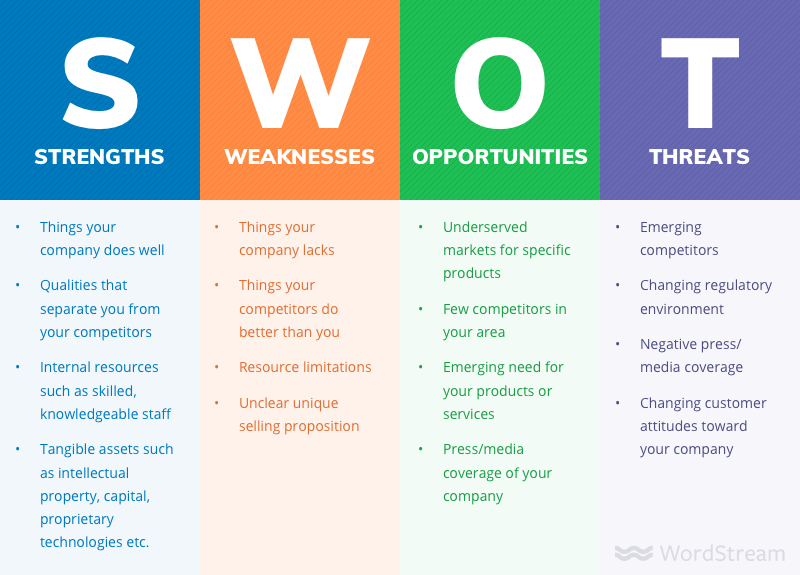Brand identity is one of those concepts that gets bandied around a lot, and sometimes wrongly. Given the critical role it plays in establishing a successful brand, it is critical that we fully comprehend its significance.
Take a look at the world’s most prominent brands to get a feel of the importance of brand identification. A single glimpse at each of the household names is enough to elicit unique thoughts and connections we have developed with those companies through time.
So, brand identity is crucial, but what is it exactly? This article will address that question, as well as many others concerning brand identification.
WHAT IS BRAND IDENTITY?
Brand identity is primarily concerned with the visual components of your company that influence how your target audience perceives you. It’s a collection of visual brand elements that help to define the look of your company. Your brand identity is what distinguishes you from the competition and ensures that you are remembered.

While it’s crucial to be aware of your rivals’ commonalities, it’s even more important to illustrate the differences. The brand identity emphasizes your company’s distinct characteristics and carefully communicates them to your target audience.
BRAND IMAGE VS BRAND IDENTITY
It’s easy to get these two terms mixed up. Let’s break down each phrase to make it more understandable.
In a word, Brand Identity concerns you and how you promote your company, whereas Brand Image concerns the audience and how they view you. When these two factors come together, with a clear idea of brand purpose we have effective branding.
You create the brand identity, whereas the brand image is how the public views your company.
BRAND IDENTITY COMPONENTS
Now that you have a general notion of what brand identity is, it’s time to dispel the haze by delving further into its components. As previously said, brand identity is made up of all the assets that give a company its distinct appearance and feel. Let’s have a look at what those assets are:
• BRAND NAME
• LOGO AND TAGLINE
• TYPOGRAPHICS
• SHAPES
BRAND NAME:
One of the first things entrepreneurs attempt to build for their firms is a name, which is possibly the most obvious component of any brand’s identity. In an ideal scenario, a brand name is brief, memorable, and hints at the nature of the firm.
Overly descriptive brand names might come off as boring and generic, so choosing a suggestive rather than a descriptive name for your business is a better idea.
LOGO AND TAGLINE:
Logo design is the second most visible and noticed brand component. Because a business’s logo appears in practically every encounter with customers, it wields considerable influence over how the brand is regarded.
The most well-known logos were created with the intention of conveying a certain message to the general audience.
TYPOGRAPHIC:
It would be unjust to ignore typography’s importance in creating a distinctive brand identity. If you have a wordmark logo, you’re probably well aware that typography can make or break a design. The same is true when it comes to creating a brand.
Not only will you miss the potential to impact your audience if your typefaces and fonts are random and inconsistent, but you may also harm the brand image you’ve worked so hard to build.
SHAPES:
Another intriguing and neglected aspect of brand identity is Shapes. The forms you employ in your logo and packaging design will have an influence on the impression you make on people. Round figures, for example, can give your creations a smooth and imaginative feel.
Sharp edges and pointed angles, on the other hand, will generate a sleek, disciplined appearance that our thoughts will associate with reliability, stability, and power.
HOW TO CREATE A STRONG BRAND IDENTITY:
This step-by-step guide will assist you whether you’re creating the foundations of your new brand or going through the hard process of rebranding. Building a well-thought-out identity may appear to be a time-consuming process, but it’s quite doable if you follow these five simple steps.
LAY THE FOUNDATION:
Do you want to create something that will last? Begin by laying the foundation. You can’t concoct a perfectly logical persona out of thin air. It must come from your branding strategy. A successful brand strategy is key to achieving your business objectives.
STUDY THE INDUSTRIES AND COMPETITORS:
After you’ve learned about your brand, you’ll need to learn about its surroundings and competition. If you want to position your brand effectively, you must conduct thorough market and competitor research.
Conduct a SWOT analysis (Strengths, Weaknesses, Opportunities, and Threats) to get a better understanding of your company’s position in regard to its rivals, industry, and key goals.

STUDY YOUR AUDIENCE:
Your target audience may help you create a more relevant brand identity. To locate useful indications, all you have to do is cast an inquisitive glance. If you don’t have a client base yet, look into your target audience or that of your immediate rivals.
Who do you want to reach out to? What do they want to get from a business like yours? Pay attention to any trends in your target’s demographics, psychographics, and purchasing activity.

Define your brand values, personality, and voice, as well as your brand image, based on your study. Analyzing your target market will offer you a lot better chance of creating a brand that appeals to them.
GET TO DESIGNING:
It’s time to put all of the data into visual designs! Here’s a smart place to start: compress all of the information into three descriptive words that best describe your business. Now attempt to visualize those phrases using designs.
If your brand’s description adjectives are “positive, youthful, fresh,” for example, yellow is the hue that best represents those attributes. Consider symbols or fonts that have a similar vitality and will stand out in yellow. Google Fonts can assist you with your typography.
FLOURISH YOUR BRAND IDENTITY:
Building a consistent brand identity is analogous to nurturing a plant: you can’t just plant the seed and forget about it; you have to work hard to keep it alive and well. Lack of consistency in how you convey your brand can erode rather than strengthen your authority.
A brand style guide that outlines your major stylistic choices is essential. It’s especially important for large teams when everyone must be on the same page in order to keep the brand’s identity.
SUMMING UP :
Brand identity is what distinguishes your company from the competition by emphasizing what makes you unique. It’s one thing to understand your brand’s distinctiveness; it’s another to properly communicate it to the public. To develop your brand’s identity, you’ll need a clear goal and a well-thought-out plan.
Brand identity at its finest is always consistent but never inflexible. Brand awareness is aided by consistent brand identity. To build a balanced identity, carefully consider each part of your brand and ensure that it all fits together flawlessly.